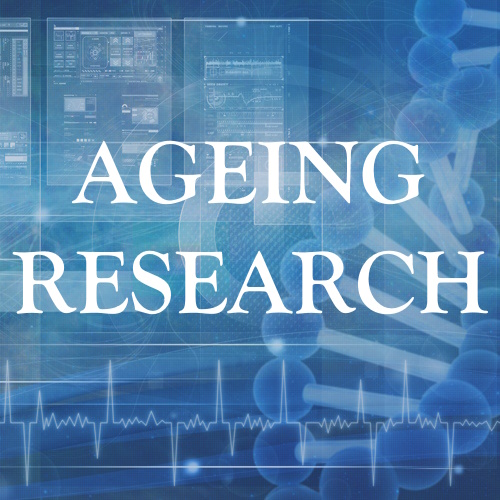Key points from article :
Scientists from Stanford University are transforming how we understand ageing by focusing on the "true age" of individual organs rather than just chronological age. By examining plasma proteins, researchers have created organ-specific ageing clocks that provide insights into the unique aging rates of organs like the heart, brain, lungs, and kidneys.
This precision allows researchers to identify "organ age gaps" that highlight which organs may be at a higher risk for diseases, such as Alzheimer's in the brain or COPD in the lungs. Particularly, youthful biomarkers in the brain and immune system are linked with lower mortality, suggesting that maintaining health in these systems could support longer, healthier lives.
A recent development in this field, called "Ageome," goes beyond single estimates of biological age by mapping the biological age of various cellular pathways. Ageome’s high-dimensional approach captures how different parts of the body age at different rates, providing more specific insights that can be used to predict disease risk better than conventional ageing clocks. For instance, Ageome reveals that some interventions, like cellular reprogramming, might rejuvenate certain pathways but accelerate ageing in others, offering a nuanced view of intervention impacts.
This evolving understanding of biological ageing has led to collaborations, such as the Biomarkers of Aging Consortium, where researchers are developing consensus on ageing biomarkers and studying their effects on health outcomes. Preliminary results from lifestyle changes and experimental therapies show promise, with certain diets and exercises slowing biological ageing in specific organs. As scientists refine these ageing clocks, they hope to design targeted strategies that help individuals maintain vitality and resilience throughout life.
This personalised approach to ageing may one day enable tailored health interventions, potentially slowing or reversing aspects of biological ageing to enhance both lifespan and healthspan.
The study is published in the journal Nature.







